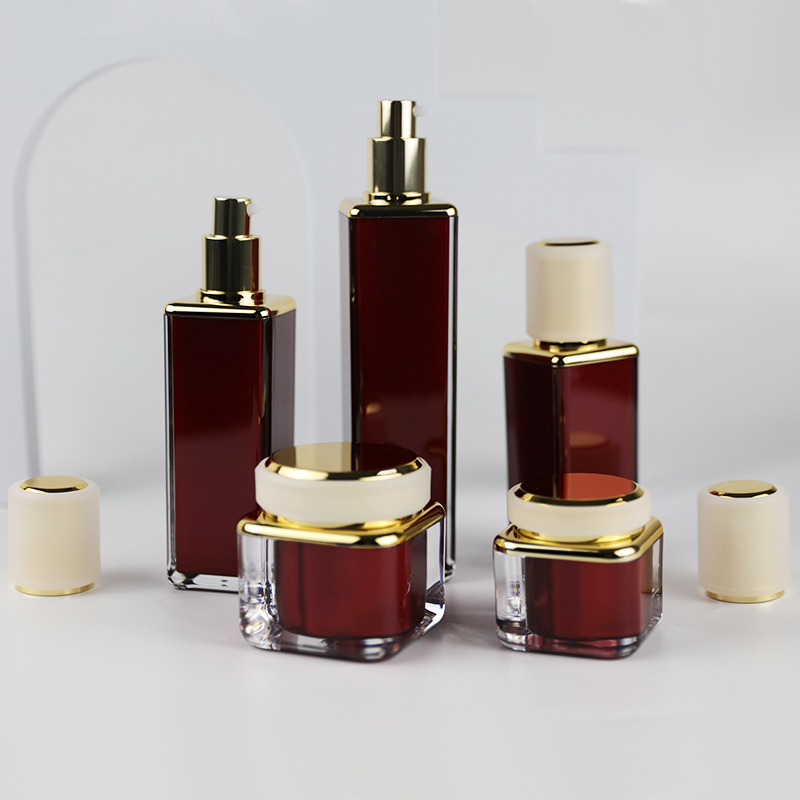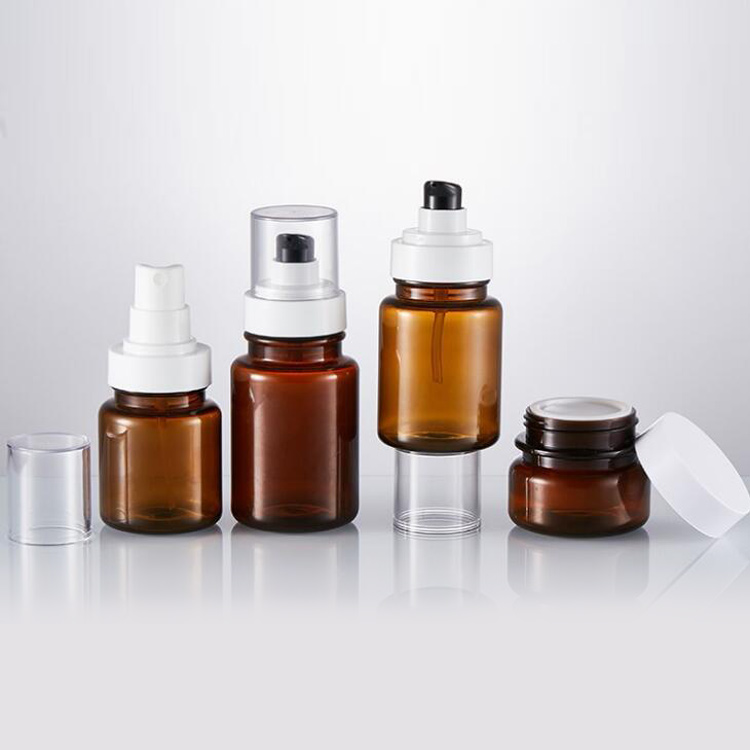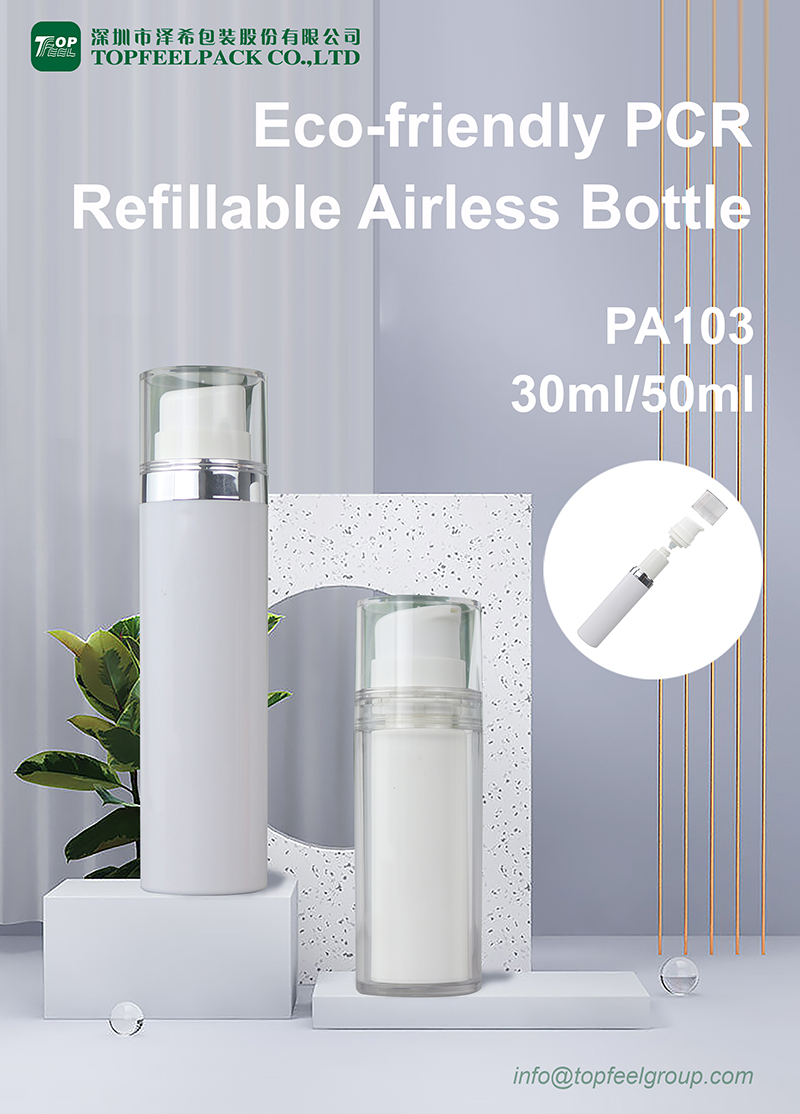How to choose the right packaging for functional cosmetic products?
With the further segmentation of the market, consumers’ awareness of anti-wrinkle, elasticity, fading, whitening and other functions continues to improve, and functional cosmetics are favored by consumers. According to a study, the global functional cosmetics market was valued at USD 2.9 billion in 2020 and is expected to grow to USD 4.9 billion by 2028.
Generally speaking, the packaging of functional skin care products tends to be minimalist. For the packaging style, it looks more like a cosmeceutical. In addition, functional skin care products have strict requirements on the compatibility and protection of packaging. Functional cosmetic formulations often contain many active ingredients. If these ingredients lose their potency and efficacy, consumers can suffer from ineffective skin care products. Therefore, it is necessary to ensure that the container has good compatibility while protecting the active ingredient from contamination or alteration.
Currently, plastic, glass and metal are the three most common materials for cosmetic containers. As one of the most popular packaging materials, plastic has several advantages over other materials – light weight, strong chemical stability, easy surface printing, and excellent processing properties. For glass, it is light-resistant, heat-resistant, pollution-free and luxurious. Metal has good ductility and drop resistance. Each of them has their own advantages. But among other things, acrylic and glass have long dominated the packaging market.
Is Acrylic or Glass Best for Functional Cosmetics? Look at their similarities and differences
As packaging becomes visually simple, luxury to the touch becomes even more important. Both acrylic and glass containers can satisfy consumers’ needs for a sense of luxury. High transparency and gloss make them look high end. But they differ: glass bottles are heavier and cooler to the touch; glass is 100% recyclable. Whether it is an acrylic container or a glass container, the compatibility with the contents is better, ensuring the safety and effectiveness of active ingredients added to functional skin care products. After all, consumers are at risk of allergy or poisoning once the active ingredient is contaminated.
Dark packaging for UV protection
In addition to compatibility, the possible pollution caused by the external environment is also a matter of great concern to packaging manufacturers and brand owners. This is especially important for functional skin care products, where added active ingredients may react with oxygen and sunlight. Therefore, some light-fast dark containers become the best choice. In addition, technology stacking is becoming the mainstream method of protecting active ingredients. For photosensitive functional cosmetics, packaging manufacturers usually recommend adding an electroplating layer to the dark spray paint; or covering the solid color spray with an electroplating opaque coating.
Antioxidant Solution – Vacuum Bottle
Worried about oxidation of active ingredients when applying functional products? There is a perfect solution – an airless pump. Its job is very simple but effective. The retraction force of the spring in the pump helps prevent air from entering. With each pump, the small piston at the bottom moves up a little and the product is squeezed out. On the one hand, the airless pump prevents air from entering and protects the efficacy of the active ingredients inside; on the other hand, it reduces waste.


